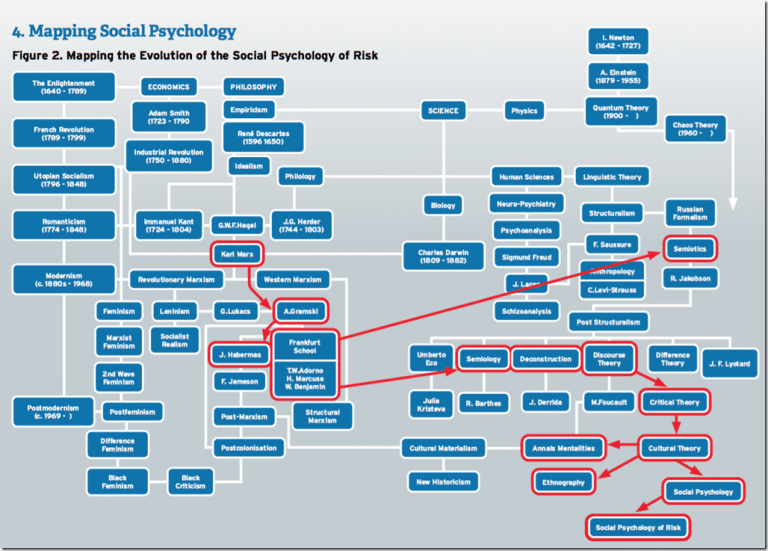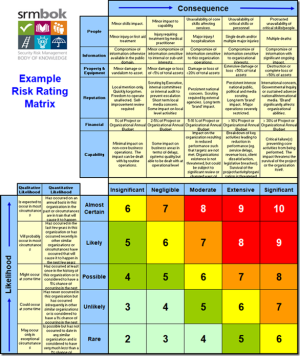‘Man Up’ Safety
I read some debate today between a man and woman online about who was the toughest. The opening bait started with a journalist stating he was showing up to work with 3 broken ribs and somehow this was to be admired, he stated he was ‘manning up’. Then a female journalist replied that she showed up to work after two 10 hour cancer operations and after the birth of two big babies and this was ‘womaning up’.
Now despite the infantile nature of this ‘noise’ I looked at the nature of the masculinst language embedded in this competitive joust and wondered, is the only way for women to establish credibility through competing on the same playing field as men? Surely differance (Derrida) is the key (https://safetyrisk.net/speaking-a-new-language-in-safety/ ). Or are we so seduced by this testosterone fueled standard, that we use this benchmark to judge effectiveness and significance? Surely the best way to tackle the masculinst noise of power, competition and domination is not to try and match it but to subvert it!
As we look at the developing history of safety we note the dominance of masculinst-rationalist discourse evidenced in the deluge of paperwork, love of zero, love of regulation, controls, engineering and science (STEM-only knowledge). These rationalist-reductionist paradigms dominate the industry, as does the silly notion of ‘manning up’ and associated bullying language to do with ‘blokey’ culture and ‘harden the f$%k up’. The best way to ‘contest’ this discourse is not to join it but subvert it! This is the tradition of social psychology. If one joins the masculinst discourse and raises some Machiavellian anger against it, then one is just using the same paradigm, thereby endorsing the validity of that paradigm. There will be no change with such a strategy, this is a strategy of endorsement not subversion. (Negri’s history of the politics of subversion is instructive).
The Social Psychology of Risk resists the rationalist discourse that dominates safety. This is why the Social Psychology of Risk Body of Knowledge is demonstrated semiotically not rationally (https://safetyrisk.net/understanding-the-social-psychology-of-risk-and-safety/ ). The Evolution of the Social Psychology of Risk is also represented semiotically below.
When we understand how humans really make decisions (One Brain, Three Minds https://vimeo.com/106770292) then we realize the significance of creativity, imagination, discovery, intuition, collaboration, learning and trust as the key to being differant. We can’t be differant (http://projectlamar.com/media/Derrida-Differance.pdf) if in the end we simply endorse more systems. (Whilst I wouldn’t recommend a diet of Derrida, he is helpful in deconstructing the discourse of difference)
Most of our decisions are in minds 2 and 3 (Norrtranders, Barge etc) yet nearly everything Safety does operates in mind 1. This is why we need to speak a new language To Safety https://safetyrisk.net/speaking-a-new-language-in-safety/ and that language is semiotic, a new sign system that targets the unconscious (implicit knowledge). The construction of power infused in the systems of paper-based safety devalue trust, conversation, listening, understanding, collaboration, empathy, creativity and discovery learning. Whilst Science decries semiotics as ‘primitive’, it is the source of all language and meaning.
The way to change in safety is not by yelling ‘zero harm’ louder than the last person or identifying with masculinst discourse of further absolutes, numerics, metrics and perfections but, speaking an entirely new language that doesn’t feed such discourse. The way of perfection is a dynamic that is anti-human, anti-learning and anti-personhood, there is no tolerance or love in zero. There is no ‘meeting’ other humans in the absolute. Such language drives alienation not mutual understanding.
I for one have no interest in ‘manning up’ to Safety in some competitive paradigm of counting numbers. I am not interested in a language that enables me to sack you in the name of fake care and concern. Using the language of safety for power and domination is still power and domination. The Social Psychology of Risk speaks an entirely new language that understands risk socially and psychologically not rationally. Such a focus doesn’t need to ‘man up’ in safety indeed, the Social Psychology of Risk identifies such a discourse as silly, as endorsing the discourse of the hero, sacrifciality and the martyr. And, who have I harmed in this discourse of sacrifice? What model of personhood is exemplified in the language of the hero and martyr?
It is in the ‘meeting’ of others (i-thou) that we learn. It is in the dialectic between minds 1,2 and 3 that we learn. It is in the collaboration with (not against) imagination, creativity, trust, discovery and intuition that we learn. Power, domination, fear and competitiveness are not a source for learning. It is in enabling personhood to thrive and humanizing the workforce that we enable learning to take place. This is how we can better ‘Tackle Risk’ (https://www.humandymensions.com/product/tackling-risk/ ).




Do you have any thoughts? Please share them below